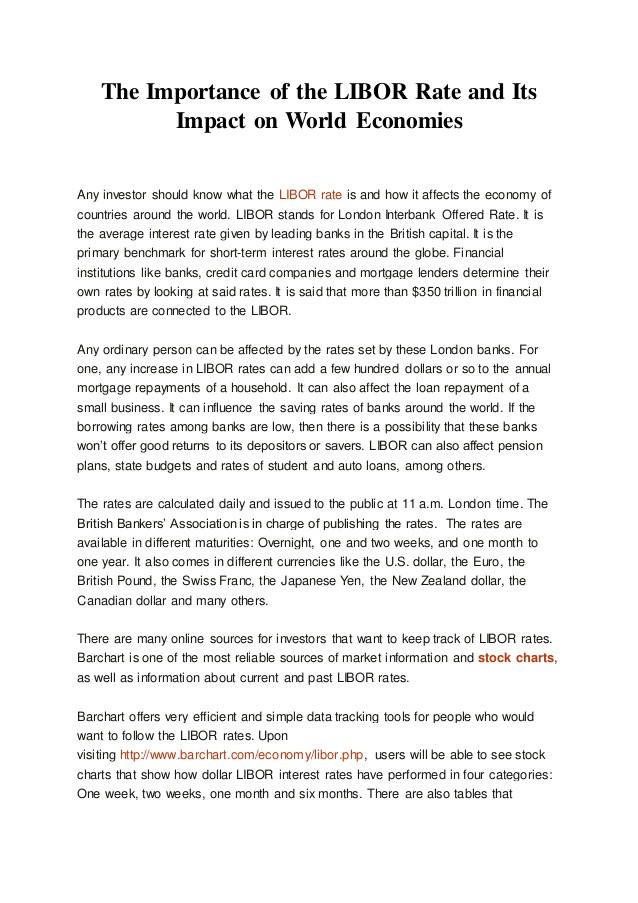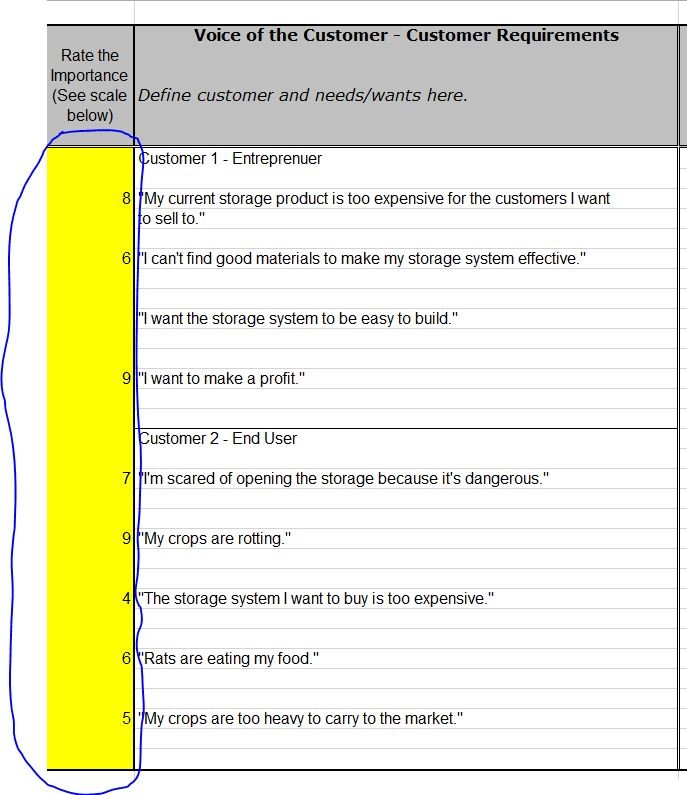The Importance Of Rates
Post on: 17 Октябрь, 2015 No Comment

Did you ever wonder how the bank determines interest rates on a mortgage? Or why the interest paid on a savings account is so low? These are all a reaction to the U.S. Treasury bond interest rates. Why are U.S. Treasury rates so important and influential?
Why are Treasury rates so important?
The U.S. Treasury sells bonds to the public as a way of borrowing money. They sell bonds with various maturities—most common being the three-month T-bill and the 30 year Treasury bond. Treasuries, like all bonds, have an inverse relationship between price and yield —the higher the price, the lower the yield. Typically these bonds follow a normal yield curve, meaning the shorter the time to maturity, the lower the yield and the longer the time to maturity, the higher the yield. Sometimes though, there is an inverted yield curve in which the opposite occurs. Although the inverted curve is uncommon, it is usually a bearish signal for the economy, signaling that the market is worried about long-term outlook and a recession may be forthcoming.
Similarly, when U.S. Treasury yields fall as a result of rising prices, it means that demand for these bonds are high. This usually occurs when investors are worried about the safety of other instruments, such as when foreign investors are looking for a safe haven during global geopolitical unrest.
While the aforementioned signals are noteworthy, perhaps the most important to consumers and investors is how other interest rates seem to “feed off of” treasury rates. For example, 15-year mortgage rates are based on the 10-year Treasury rates and rates on adjustable-rate loans are based on the similar maturity Treasury.
What drives Treasury Bill interest rates?

There are obvious drivers of Treasury interest rates, particularly supply and demand for them. When supply increases, prices decline and rates increase. Similarly, when demand increases, price increases and yields (or rates) decrease. But there are three less obvious drivers:
- The economy: During periods of expansion (“good times”), rates (usually short term rates like the 3 month T-bill) tend to increase and during recessions, tend to fall. This happens because during expansions, investors are less fearful and more willing to invest in riskier instruments.
- Inflation: When inflation is low, short-term Treasury bill rates are also low and vice versa.
- Federal Funds Rate. When the Fed raises or lowers its target rate, it usually influences other short term bond rates.
The Bottom Line
Being aware of U.S. Treasury rates is paramount when investing in any type of security. Even stock investors need to understand that Treasury rates impact the level of risk investors are willing to take. Despite the specific stock fundamentals, if Treasuries point to a risk adverse market, then stocks will not be the in-demand asset class and their prices may not be in line with their fundamentals. So even if there is no interest in purchasing Treasury bonds, keeping apprised of rates is crucial for any investor.














